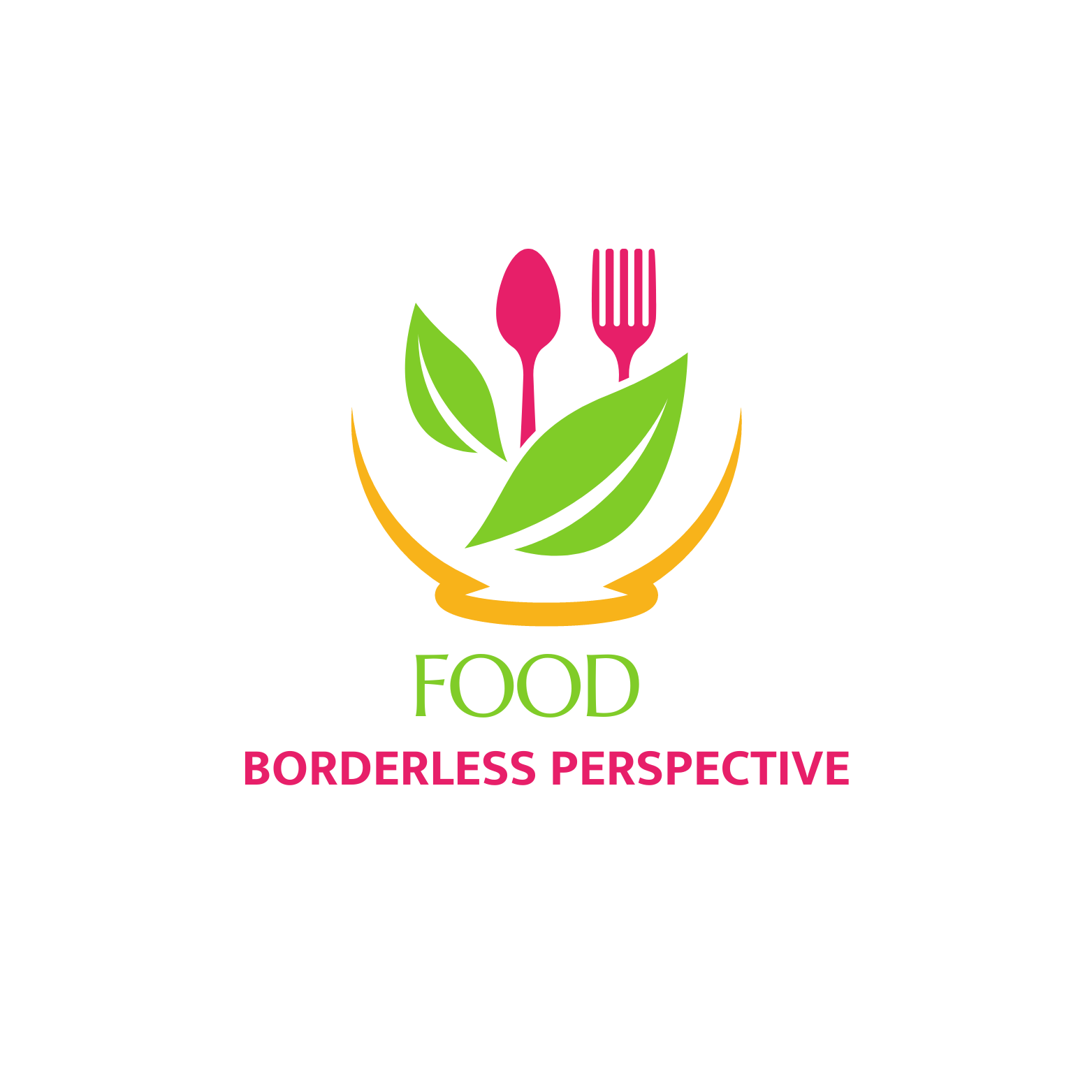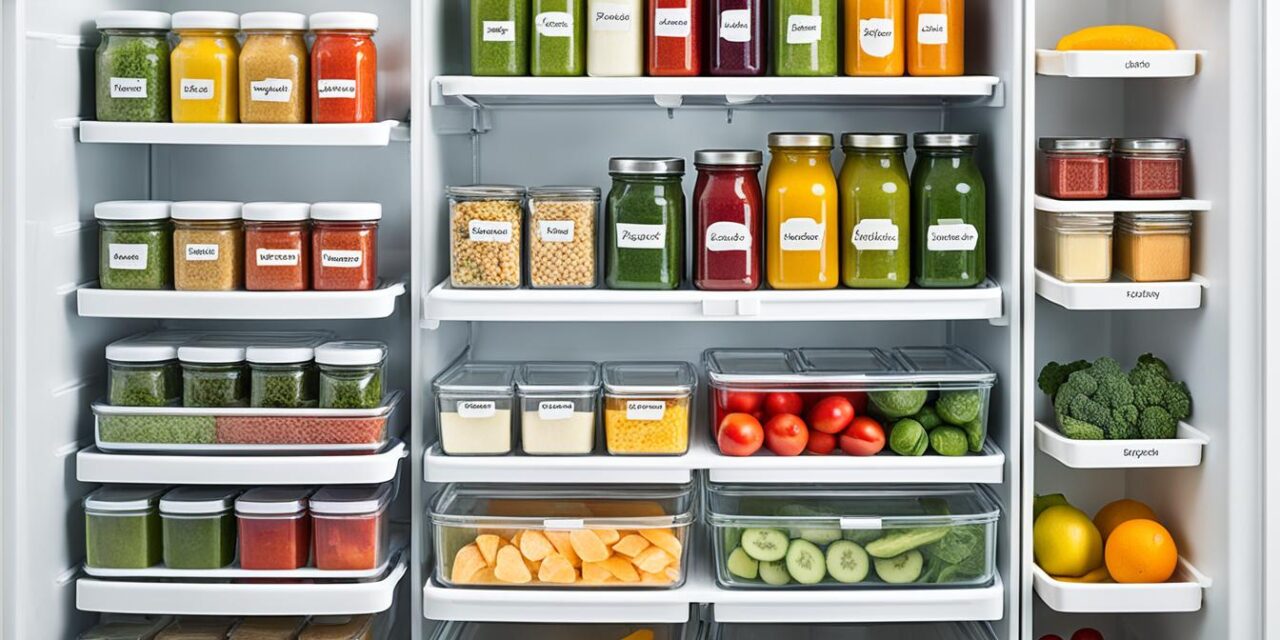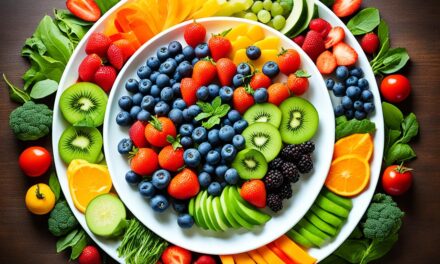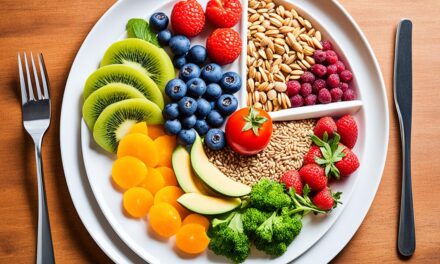Picture this: You’re in the midst of preparing a delicious meal, feeling inspired and excited about your culinary creation. But as you reach for the necessary ingredients, you’re greeted with a disorganized and cluttered kitchen that slows you down and leaves you frustrated. Sound familiar?
Your kitchen setup plays a significant role in your cooking experience and overall productivity. It’s not just about having the right tools and ingredients; it’s also about how your space is organized and optimized. The truth is, your kitchen could be sabotaging your success without you even realizing it.
Meet Sarah, a passionate home cook who loves experimenting with new recipes and flavors. She had always enjoyed her time in the kitchen, but lately, something was off. No matter how hard she tried, she couldn’t seem to make her cooking process as seamless and enjoyable as it used to be.
One day, while browsing through an article about kitchen organization, Sarah’s eyes were opened to the sneaky way her kitchen setup could be sabotaging her success. She discovered that clutter and disorganization were not only affecting her mood but also wasting her time.
Determined to reclaim her kitchen and optimize her cooking experience, Sarah decided to take action. She followed the advice of professional organizer Jodi Starr, who emphasized the importance of small, manageable steps to avoid overwhelm.
Starting with her fridge, Sarah cleared out all the expired items and organized her fresh ingredients in a way that made them easily accessible. She then moved on to her pantry and food cabinets, categorizing her items and using clear containers to enhance visibility. Next, she decluttered her pots and pans, keeping her favorites within reach and getting rid of any unused or damaged items.
As Sarah continued her kitchen overhaul, she tackled her cleaning supplies, creating a convenient storage system that allowed her to easily find what she needed without rummaging through various cabinets.
The transformation was remarkable. Sarah’s once chaotic and frustrating kitchen became a space of efficiency, inspiration, and productivity. She found herself enjoying her cooking adventures once again, with more focus and creativity.
So, how about you? Is your kitchen setup sabotaging your success? Are you tired of wasting time and feeling overwhelmed in a space that should bring joy and inspiration? It’s time to take control and optimize your kitchen for success.
Stay tuned as we delve into the key steps and strategies to transform your kitchen into an organized and stress-free haven for your culinary creativity. Get ready to revolutionize your cooking experience and unleash your full kitchen potential!
Start with the fridge
When it comes to organizing your kitchen, the fridge should be your first stop. Professional organizer Jodi Starr recommends starting here to ensure your food stays fresh and ingredients are easy to find. By following a few simple steps, you can improve fridge organization and prevent food waste.
Clear Out and Wipe Down
First, take out all the food from your fridge. This gives you a chance to clean the shelves and drawers thoroughly. Use a mild cleanser and warm water to wipe down the surfaces, removing any spills or stains. A clean and fresh-smelling fridge is a great motivation to maintain its organization.
Check Expiration Dates
While the shelves are empty, it’s the perfect time to check the expiration dates on your food items. Toss anything that has expired or is close to expiration to avoid consuming spoiled products. Sorting through your fridge regularly will help you keep track of what needs to be used up and reduce the risk of foodborne illnesses.
Here’s a tip: When returning items back into the fridge, place the ones that will expire soon at the front. This way, you’ll be reminded to use them before they go bad.
Organize for Easy Access
For an efficient fridge organization, separate your groceries into categories. Use clear, labeled containers or bins to group similar items together. For instance, group all your dairy products in one container, fruits in another, and condiments in a separate section. This will make it easier to find what you need and prevent rummaging through different shelves.
Create a Fresh Ingredients Section
Designate a specific area in your fridge for fresh ingredients, such as fruits and vegetables. Keeping them prominently displayed will encourage you to use them before they spoil, ensuring you incorporate more healthy options into your meals.
“Organizing your fridge is like a mini treasure hunt every time you open the door. It saves you time and money, while also helping you make healthier choices.” – Jodi Starr
Now that your fridge is organized, you’ll have a clear and inviting space to store your food. This will not only make meal preparation easier but also encourage you to use up ingredients before they go to waste. Remember, a well-organized fridge is the foundation for a well-organized kitchen.
| Benefits of Fridge Organization | Tips for Success |
|---|---|
| Reduces food waste | Take inventory regularly and plan meals accordingly |
| Helps you find ingredients quickly | Use clear containers and label them for easy identification |
| Promotes fresh and healthy eating | Designate an area for fresh fruits and vegetables |
| Saves time and money | Organize items by expiration date to prioritize their use |
Organize the pantry and food cabinets
After successfully tackling the fridge, it’s time to turn your attention to the pantry and food cabinets. Professional organizer Jodi Starr suggests implementing a systematic approach to ensure optimal pantry organization and easy access to your favorite foods. By categorizing your items and using clear containers, you can create a visually appealing and efficient pantry space.
One effective strategy for pantry organization is to group similar items together. Consider creating sections based on categories such as gluten-free pastas, snacks, baking essentials, and canned goods. This not only makes it easier to locate specific items but also prevents clutter and confusion.
When it comes to storing dry ingredients like cereals, grains, and pastas, clear containers are a game-changer. Not only do they keep your food fresh and protected from pests, but they also provide a clear visual of what’s inside, making it quicker to find what you need. Plus, they add a touch of elegance and organization to your pantry shelves.
| Food Category | Clear Container Option |
|---|---|
| Grains and Cereals | Airtight Food Storage Containers |
| Pasta and Noodles | Pasta Storage Containers |
| Baking Essentials | Stackable Canisters |
| Snacks | Transparent Snack Jars |
By utilizing clear containers, you not only create an organized pantry but also transform it into a visually appealing space. Say goodbye to rummaging through bags and boxes to find what you need. With a quick glance, you can easily identify and access the ingredients you want.
Remember, organizing your pantry and food cabinets is all about maximizing functionality and creating a stress-free cooking experience. By following these tips and investing a little time in setting up an efficient system, you’ll save valuable minutes every time you prepare a meal. Now, let’s move on to the next step in transforming your kitchen into a well-organized haven.
Here are some additional tips for pantry organization:
- Label your containers to further enhance organization and make finding specific items even easier.
- Consider adjustable shelving to accommodate items of varying sizes and prevent wasted vertical space.
- Regularly check expiration dates and rotate items to prevent food waste.
With these guidelines in mind, you’re well on your way to achieving a perfectly organized pantry and food cabinet system. Keep up the momentum, and soon your entire kitchen will be a clutter-free zone of efficiency and inspiration.
Declutter your pots and pans
When it comes to a well-organized kitchen, pot and pan organization plays a crucial role. Having your cookware easily accessible can save you precious time and frustration. So, let’s dive into some tips to help you declutter and streamline your pots and pans collection.
Prioritizing accessibility
Nobody wants to dig through a pile of pots and pans just to find the one they need. Make your life easier by prioritizing accessibility and keeping your most frequently used items upfront and within reach. Take a moment to think about the cookware you use on a regular basis and arrange them accordingly. This way, you won’t have to rummage through the entire collection every time you want to whip up a delicious meal.
Getting rid of unused items
Let’s face it – over time, we accumulate pots and pans that we rarely or never use. It’s time to let go of these unused items and clear up valuable space in your kitchen. Take a critical look at your cookware collection and identify those items that no longer serve a purpose. Whether it’s a non-stick pan with peeling coating or a rusty saucepan, it’s time to bid them farewell.
By decluttering your pots and pans, you’ll not only create a more organized space but also promote a healthier cooking environment. Don’t let unused items clutter your kitchen; give them a new lease on life by donating or recycling them.
Remember, an organized kitchen is a happy kitchen. So, take the time to prioritize accessibility and get rid of those unused pots and pans, and you’ll be well on your way to achieving a streamlined and efficient cooking experience.
| Pot/Pan | Condition | Action |
|---|---|---|
| Non-stick frying pan | Peeling coating | Dispose/recycle |
| Saucepan | Rusty | Dispose/recycle |
| Large stockpot | Good condition | Keep and prioritize |
Declutter your pots and pans for a more efficient and joyful cooking experience.
Tackle the cleaning supplies
Don’t let the chaos of cleaning supplies under your sink overwhelm you. It’s time to bring order to the madness and transform your cleaning routine. Jodi Starr, the expert organizer, suggests utilizing the bucket method for a streamlined approach to cleaning supplies organization.
Imagine having all your most-used cleaners at your fingertips, neatly stored in a bucket right under your sink. No more searching through cluttered cabinets or hunting down cleaning products in different areas of your home. With the bucket method, you can effortlessly tackle dirt and grime without any hassle.
Under sink storage is the key to a well-organized cleaning arsenal. By designating a specific area for your cleaning supplies, you can easily identify what you need and quickly get to work. With a minimalistic approach, remember to keep only the essentials you truly need, avoiding unnecessary clutter and freeing up valuable space in your cabinets.
Check out the table below for a comprehensive guide on organizing your cleaning supplies:
| Category | Recommended Products |
|---|---|
| Glass and Surface Cleaners | Windex, Clorox, Method Glass + Surface Cleaner |
| All-Purpose Cleaners | Mr. Clean, Lysol, Seventh Generation All-Purpose Cleaner |
| Bathroom Cleaners | Tilex, Scrubbing Bubbles, Method Bathroom Cleaner |
| Floor Cleaners | Swiffer, Pine-Sol, Method Squirt + Mop |
| Dishwashing Supplies | Dawn, Seventh Generation Dish Soap, Ecover Dishwasher Tablets |
| Specialized Cleaners | Stainless Steel Cleaner, Wood Polish, Carpet Cleaner |
By keeping your cleaning supplies organized and easily accessible, you can efficiently clean different areas of your kitchen without any hassle. So, embrace the bucket method, declutter your under sink storage, and make cleaning a breeze!
Conclusion
Congratulations! You’ve reached the end of our kitchen organization journey. By implementing these valuable tips, you are well on your way to optimizing your kitchen space and creating a more efficient and productive environment.
With a minimalist approach and a focus on functionality, you can declutter your kitchen and design a space that supports your productivity in the best possible way. Remember, less is more when it comes to kitchen organization.
So, whether you’re organizing your fridge and pantry, decluttering your pots and pans, or arranging your cleaning supplies, keep in mind the importance of prioritizing functionality. By doing so, you’ll be well-equipped for stress-free cooking adventures in the future.
For more expert tips and advice on optimizing your kitchen space and achieving a clutter-free environment, visit us at www.healthy.bordelessperspective.com.
FAQ
Where should I start when organizing my kitchen?
How should I organize my pantry and food cabinets?
How can I declutter my pots and pans?
What’s the best way to organize my cleaning supplies?
What are some kitchen organization tips for optimizing space and productivity?
MORE SOURCES TO READ:
- https://www.southernliving.com/fashion-beauty/nails/household-chores-ruining-manicure
- https://www.thehealthy.com/habits/new-years-resolutions-tricks/
- https://nutritiouslife.com/stress-less/declutter-your-kitchen-guide/
![]()














Recent Comments